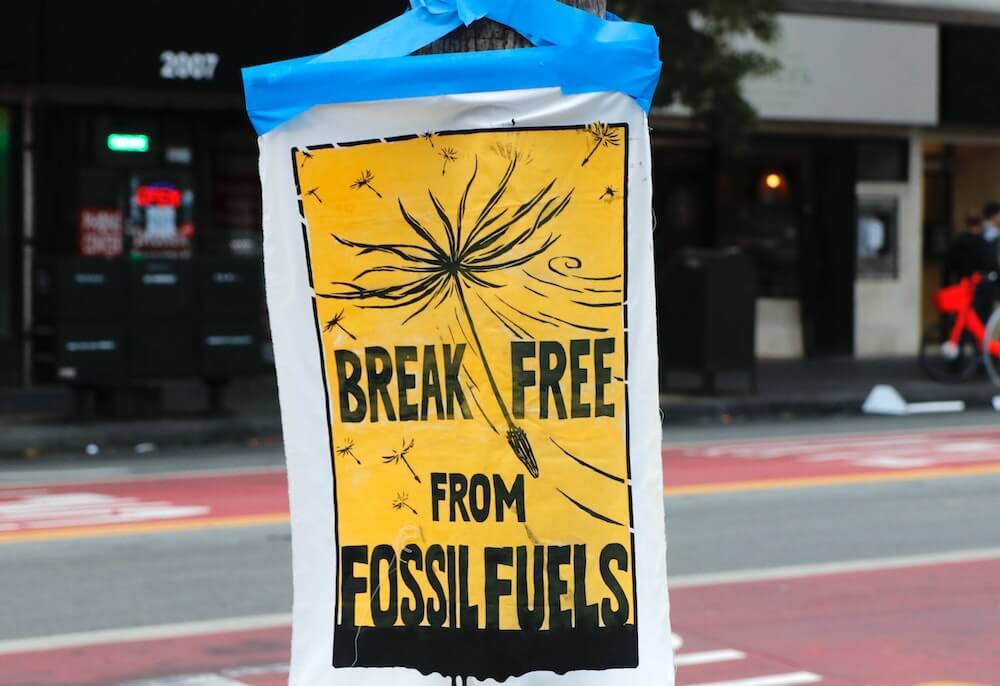
While some Oklahoma leaders are critical of what they contend is the Biden administration’s heavy-handed approach to forcing the state and the nation to adopt an extensive green energy approach, one state agency is out with a plan to target Oklahoma’s oil and gas industry, manufacturing, electricity production and its use of fossil fuels.
Oklahoma’s Department of Environmental Quality has released a Priority Action Plan to develop ways to reduce greenhouse gas emissions as part of the Biden administration’s massive green energy goals. The plan mirrors the efforts of the green-energy focused EPA.
Over 75% of the state’s Greenhouse Gas (GHG) emissions are generated by three sectors: Industry, Transportation and Electric Power Generation.
The plan was developed with a $3 million grant under the EPA’s Climate Pollution Reduction Grants (CPRG) program in 2023 with funding from the Inflation Reduction Act (IRA).
The plan targets fossil fuels and explained that most of Oklahoma’s greenhouse gas emissions or GHG come due to the burning of fossil fuels and natural gas for energy and chemical reactions from the state’s 4,200 manufacturing firms.
The transportation sector, stated the plan, generated the second largest share of GHG emissions based on studies in 2019. The emimssions are primarily from the burning of fossil fuels in cars, trucks, trains and planes.
The largest sources of transportation-related GHG emissions being passenger cars, medium- and heavy-duty trucks, and light-duty trucks, including sport utility vehicles, pickup trucks, and minivans.
“Oklahoma’s pathway to GHG emissions reductions will lead to increased renewable energy production and will bring low-carbon hydrogen to market,” stated the DEQ in an Executive Summary.
The summary indicated the eventual goal is to “export even more clean energy” than the state does today.
“Overall, Oklahoma’s PAP will result in three outcomes: increased economic growth, improved environmental and health benefits, and most importantly, social benefits to low-income and disadvantaged communities.”



